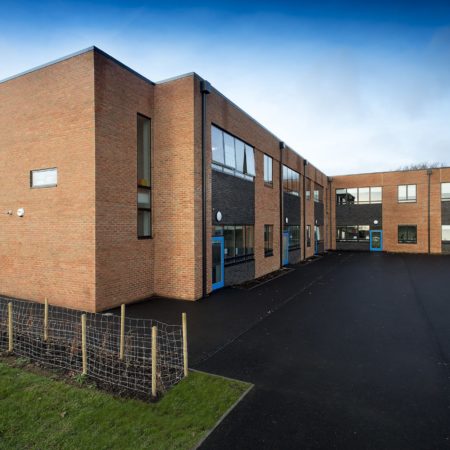Delivering Better Designs For School Construction
The importance of good design for school building programmes is clear. But with escalating expectations and a focus on outcomes, attention is broadening to how good school design should be delivered in practice.
At the most straightforward level good school design translates to buildings that create a healthy environment, ideal for teaching and learning. This affects qualities such as the amount of natural light and fresh air available within each classroom and the acoustics.
In the modern era, the definition of good school design goes a few steps further. Schools have to be exceptionally easy to heat or cool to fit the net zero carbon agenda. Achieving this goal relies on selecting construction methods that limit the thermal mass of the building, guarantee levels of thermal insulation and deliver an airtight thermal envelope.
Future-Proof and Durable
Modern school design prioritises flexible and future-proof internal spaces. At the same time, the fabric must be robust enough to deliver a long design life and resistance to the wear and tear that comes with educational use. Reducing whole life costs through better quality and simplified maintenance all contribute to the definition of good design.
Cost efficiency delivered over multiple programmes is also critical at a time of widespread school building projects. The best way to achieve this is through standardised design elements and repeatable processes.
Integrated Delivery
More challenging project expectations mean that it isn’t enough to focus just on design. The process of successfully delivering increasingly ambitious designs becomes critical. Project demands have outgrown models such as Design, Bid, Build (DBB) and Construction Manager at Risk (CMAR). Today’s challenges call for integrated delivery.
Integrated delivery based around BIM and unified, cloud-based project management tools relies on shared risks, early engagement of all stakeholders and a common commitment to the project. The culture is focused on solving and avoiding problems rather than offloading accountability and risk.
Collaborative Teams
Collaborative teams formed from specialists in education, architecture, FF&E, learning environment design, offsite construction and structural engineering create better designs. They also have the practical experience to understand how well-designed schools can be delivered faster and more cost-effectively.
Collaborative partnerships also have the capacity to retain and apply lessons learned from one project to the next in a way that DBB never could.
Osborne has applied this integrated design delivery model to multiple educational projects executed using MMC. For more information take look at our resource centre or contact Richard King ([email protected]).

